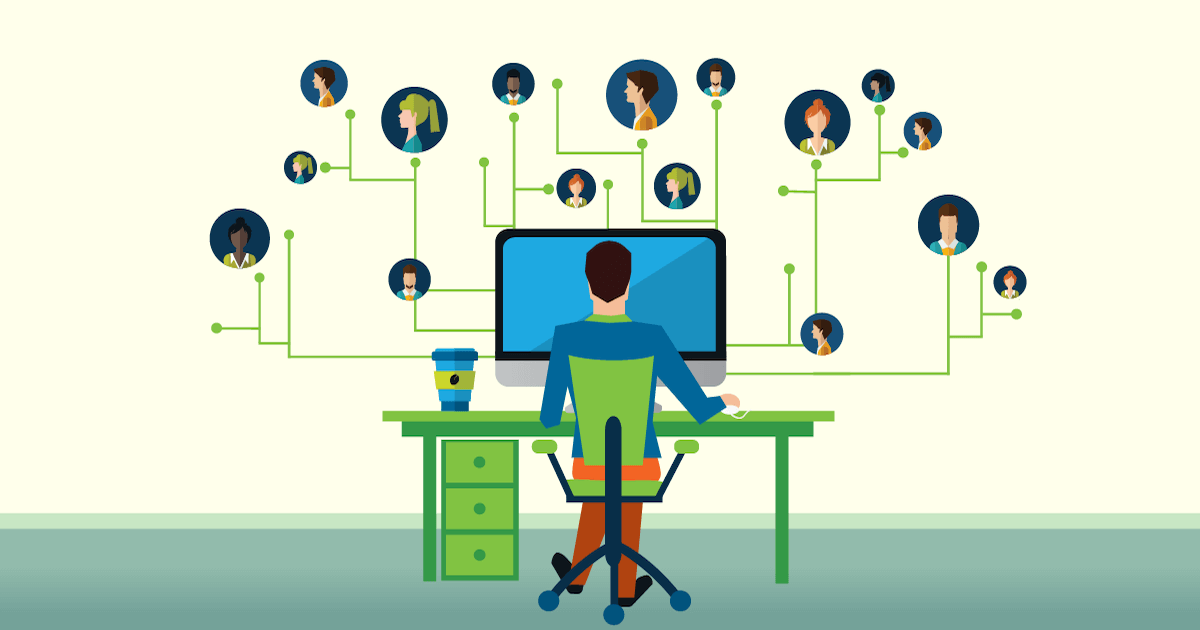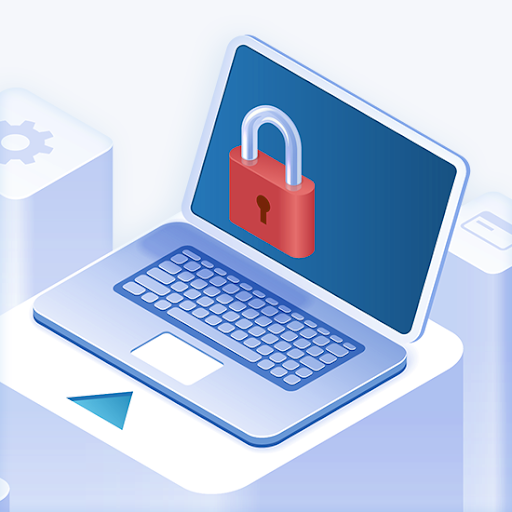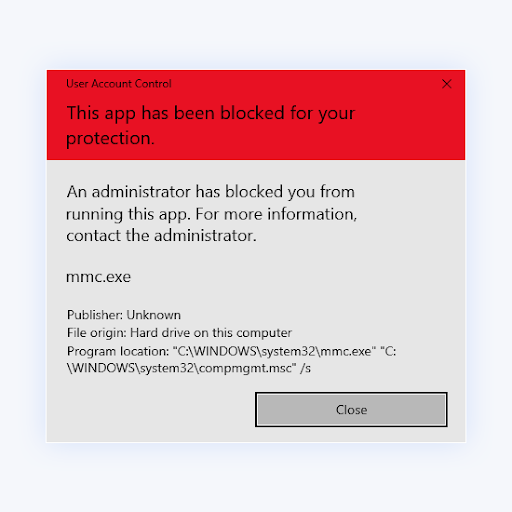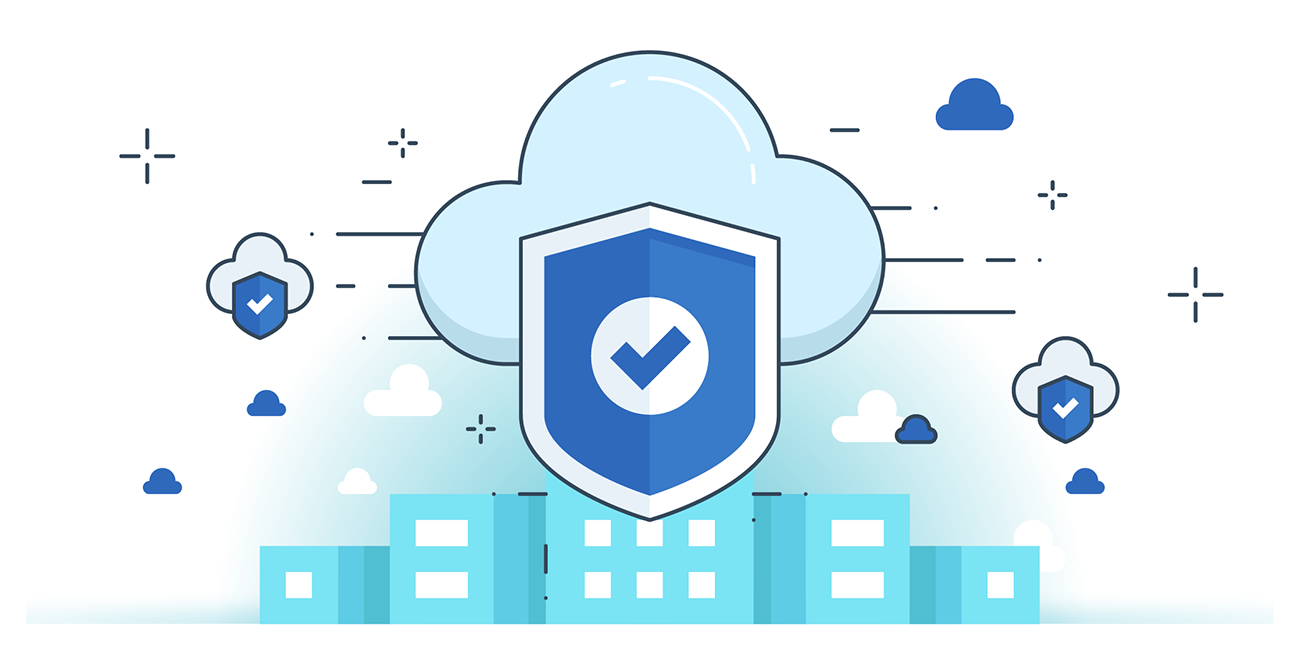Windows 7 End of Life: Time to Move On?
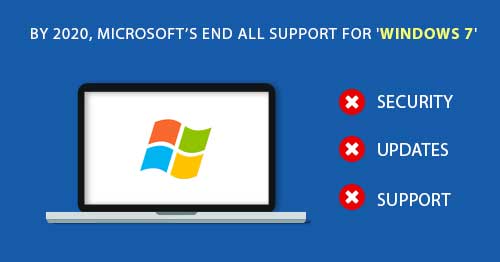
After January 14, 2020, PCs running Windows 7 no longer receive security updates. Therefore, it's important that you upgrade to a modern operating system such as Windows 10, which can provide the latest security updates to help keep you and your data safer.
As an advancement over Vista, Windows 7 first graced our PCs in October 2009. Since its inception, Microsoft sold over 630 million licenses. Although people still fancy the operating system due to its sleek look and ease of use, it's now certain that Microsoft is officially retiring the OS by ending its Extended Support today.
By December 2019, Windows 7 still commanded over 26% of the Windows market share, a figure that includes millions of home users. So, what does the end of life of Windows 7 mean for all those people who still run the operating system? Should you be worried?
You May Become an Easy Target
With this development, Windows 7 users become more vulnerable. Microsoft will no longer support the OS and the implication is that you will no longer receive security updates, nor will you get any technical support from Microsoft customer service. Even though Microsoft will not be offering support with regards to Windows 7, at SoftwareKeep, you can trust us. If you buy Windows 7 OS from us, we will offer you the necessary support you need.
Notably, it’s worthy to note that Microsoft will not stop you from using Windows 7 and you can keep on browsing the internet and accessing your emails. However, at this point, we have to WARN you that you will be choosing to do so at your peril.
Even if you use the latest version of a reputable security solution. We commend your proper cybersecurity mastery, unfortunately, it won’t help if bad actors find a new vulnerability in the operating system. If they can uncover and exploit the security hole, they can install all manner of malware on susceptible machines, wreaking havoc and potentially dealing insurmountable damage.
Potential Risks
By technology standards, your machine is running on an antiquated operating system that won’t be patched in the future and will be disregarded by Microsoft (barring special circumstances – think the BlueKeep vulnerability and Windows XP and Windows Server 2003). The software that will be running on it may receive updates until the developer decides otherwise, so it may still work.
Upgrade Options
So, what are your options? Simply put, you may want to consider upgrading so you can forget about the risks involved. Biting the bullet and shouldering the expense of upgrading can save you from picking up the tab for a costly cyberattack.
On the bright side, if you were thinking about switching to another system, there is no better opportunity than now. You have several options to choose from.
Windows 10 vs Windows 8/8.1 Vs Windows 7
One thing that has made Microsoft's operating systems popular across businesses, individual consumers and large enterprises is the ability to upgrade to a newer version. Operating systems come with a limited support period as we saw with Windows XP and Windows 7 (whose support period is almost over).
When compared to Windows 7 and 8/8.1, Windows 10 appears as the debugged Windows 7 version and modified Windows 8/8.1version. But does this simple comparison clearly state and explain which operating system is superior to the other?
Differences Between Windows 7, Windows 8/8.1 and Windows 10
Windows 10 is undeniably a great improvement of the previous Windows versions. If you're still using Windows 7, it's a convenient time to upgrade to Windows 10 to enjoy these improvements. You wouldn't want to get locked out of the essential Windows security and software updates once the support period of the OS you're using elapses.
The major difference between Windows 7 and Windows 10 is the user interface and mobile device support. Windows 10 boasts advanced features and capabilities such as a universal app, virtual desktop, improved start menu, and Cortana. You can even synchronize the OS with devices such as phones, tablets, laptops and desktop computers unlike Windows 7, whose capabilities are limited to PCs.
Windows 10 Vs Windows 8/8.1
Since its release back in 2012, Windows 8 introduced major changes to the Windows user interface and platform to improve user experience on both PCs and mobile devices. The OS came with a new app development platform, the Windows store, a tool that lets you synchronize settings and apps between devices, the Start screen, and a touch-optimized Windows shell. A year later after its release, Microsoft released Windows 8.1 to address parts of Windows 8 that received criticism from early users and reviewers.
It's evident that Windows 10 comes as an updated or modified version of Windows 8/8.1. Windows 10 features all the capabilities (such as Microsoft Edge browser and Cortana digital assistant) users expected Windows 8/8.1 to have. The OS also runs on PCs, mobile devices and touch-capable devices. You can resize the icon of Windows apps in Windows 10 unlike Windows 8/8.1.
Windows 7 Vs Windows 8/8.1 Vs Windows 10
Windows 10 holds the crown for the best OS from Microsoft since it has a comparatively longer support period than Windows 8/8.1 and Windows 7. When you've already used Windows 10 and then go back to using Windows 8/8.1, you'll feel like Windows 8/8.1 lacks certain features and capabilities to make it as superior as Windows 10.
Windows 7 would be an ideal OS for laptops though it lags behind in performance and stability. The Operating System with the capabilities and features for delivering fast, smooth, fascinating and user-friendly experiences in Windows 10.
If you have a more creative streak and don’t really want to delve deep into configuring your system, you might want to consider purchasing a macOS machine. If you’re a jack-of-all-trades, then upgrading to Windows 10 would be the way to go.
Why Should You Upgrade to Windows 10? What Benefits Will You Get?
- The Start Menu: While Windows 8/8.1 introduced the Start screen, there were requests made to Microsoft to have the Start menu returned. Microsoft responded to the requests by including a Start menu with a tile-based appendage on Windows 10 for the OS to support touch-capable devices and retain live title information. The new Start menu allows you to assign bigger tiles to important apps and smaller tiles to the extras.
- Speed: Microsoft first introduced the fast startup capability on Windows 8/8.1 and then improved it on Windows 10. Tests have also shown that Windows 10 boots faster than macOS on a MacBook. The DirectX 12 3D engine on the OS helps deliver immersive performance that makes it easy to run multiple apps and even play games on your Windows-powered device.
- Powerful Productivity and Media Apps: The productivity and media apps for Windows 10 include Calendar, People, Mail, Maps, Music, Videos and Photos. Unlike traditional Windows apps, they launch and run in separate sandboxes and are easy to integrate with the system. You can also download or update them from the Windows Store.
- Timeline and Virtual Desktop: The Virtual Desktops feature allows you to work on several desktops at once. Tap or click on the task-switching icon next to the search box of your Windows 10 taskbar. With the task switching view active, you can see your app and browse on a Timeline.
- Security: Windows 10 comes with Secure Boot (inherited from Windows 8) that requires any code running when your device is starting to be signed by the hardware manufacturer or Microsoft. The Secure Boot feature on Windows 10 supports up to 10 PCs. Other security features that come with the OS include Windows Hello, Microsoft Passport and Device Guard.
Conclusion
Moving away from a decade-old, now-unsupported operating system is just the first step in the right direction. Now that you’re running on a supported operating system, you still have to be on top of your cybersecurity game. Never underestimate patching your system – it just might save you from threats like the infamous WannaCry. Last, always have a reputable security solution installed on your machine that can go a long way towards securing your existence in the cyberworld.
Considering upgrading your OS to Windows 10 after reading this article? You're making a great decision since Windows 10 brings you improved versions of the features you've been using on previous Windows versions in a simplified package. Enjoy comprehensive, built-in security protections to help keep your PC or devices safe, work with more flexibility and browse the Internet faster than ever with Windows 10.




